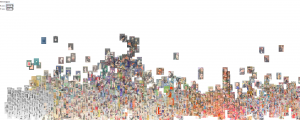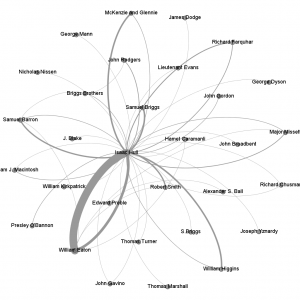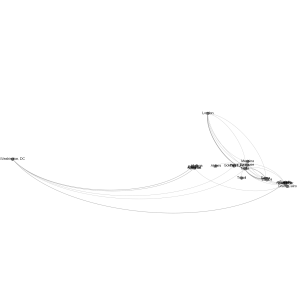The first workshop that I attended was Mobile Apps – my UConn- Project Overview From the Ground Up. During that presentation and discussion I thought that it would be nice for me to create a list of computer software and coding languages that could be helpful for me to become familiar with to help in my work as a librarian. I would like to eventually create a list of useful resources that could help me to learn more technology related skills. When I first thought of making the list I had intended to learn all of the software and languages that were mentioned in workshops that seemed to be of great importance. At the end of the weekend, I know realize that what I learn will depend on what is necessary for my work. As was pointed out by one of my coworkers during an internship, you cannot learn everything.
Software and Coding Languages Mentioned During THATCamp that I Could Learn:
Phone Gap
Sencha Touch
Javascript
HTML5
Google Analytics
CSS
Eclipse
JQuery Mobile (not sure of spelling)
Omeka
TEI
Reflections:
At THATCamp, I was introduced to a large number of new topics in a short period of time. In addition to hearing of computer applications and languages that I was unfamiliar with I was able to learn about the many different digital humanities projects that people are working on. It was nice to discuss with people face-to-face and listen to detailed discussions. I am coming away from the unconference at the starting point of learning about digital humanities.





